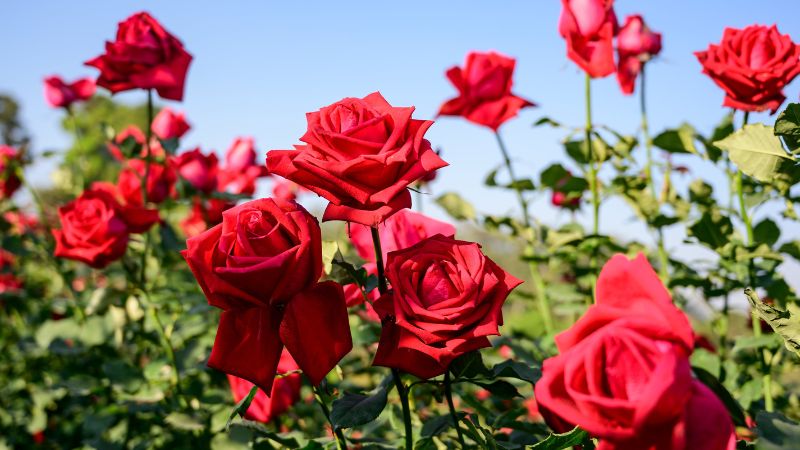Roses are timeless symbols of beauty, love, and passion, gracing gardens with their enchanting blooms and captivating fragrances. Whether you’re an experienced gardener or just beginning your horticultural journey, selecting the right type of rose for your garden can be both an exciting and daunting task. With countless varieties to choose from, each offering unique characteristics and growing requirements, it’s essential to find roses that will thrive in your specific garden environment and suit your aesthetic preferences.
In this blog, we will explore the best types of roses for every garden, from classic hybrid teas and romantic floribundas to hardy shrub roses and delicate miniature varieties. We’ll delve into the attributes that make each type of rose special, including their bloom shapes, colors, fragrances, and growth habits. Additionally, we’ll provide practical tips on how to care for and maintain your roses, ensuring they remain healthy and vibrant throughout the growing season.
Floribunda Roses
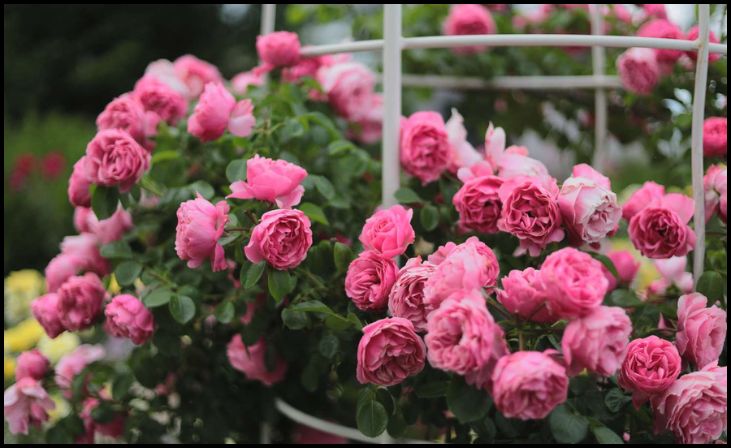
Floribunda roses, first created around 1940, combine the color range and vibrancy of hybrid teas with the compact habit and free-flowering nature of polyanthas. They produce medium-sized blooms in clusters and continuously bloom throughout the season, offering a spectacular display from early summer to late fall. The clusters of blossoms make floribundas particularly effective for creating striking floral arrangements and adding consistent color to garden beds and borders. These roses are highly resistant to disease and adaptable to various growing conditions, making them a popular choice for both novice and experienced gardeners. Popular varieties include ‘Iceberg’, known for its abundant pure white blooms that glow in the moonlight, and ‘Julia Child’, which delights with its buttery yellow flowers and delightful licorice fragrance.
Hybrid Tea Roses
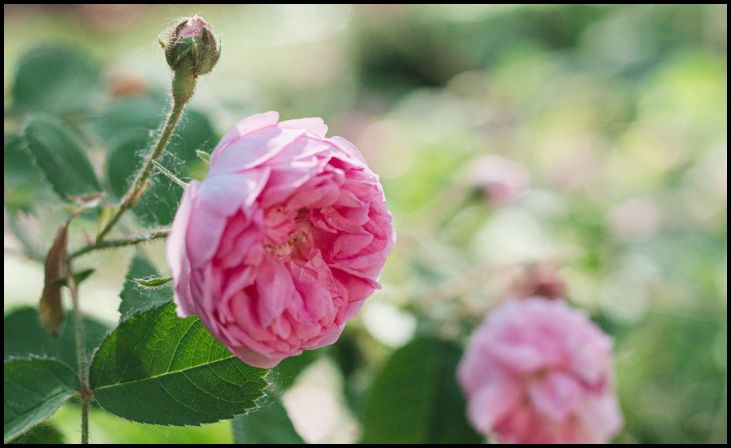
Introduced in 1867, hybrid tea roses are a mix between tea roses and hybrid perpetuals. Known for their large, single blooms on long stems, these roses are ideal for cutting and make excellent choices for floral bouquets and arrangements. Hybrid tea roses typically bloom repeatedly throughout the growing season, providing a continuous supply of breathtaking flowers. They are often the stars of formal rose gardens and are cherished for their elegant, classic appearance. Varieties such as ‘Peace’, with its magnificent yellow and pink petals that symbolize hope and tranquility, and ‘Mr. Lincoln’, renowned for its deep red, velvety flowers and rich fragrance, are beloved by gardeners and florists alike. Despite their beauty, hybrid teas require attentive care, including regular pruning and disease management.
Grandiflora Roses
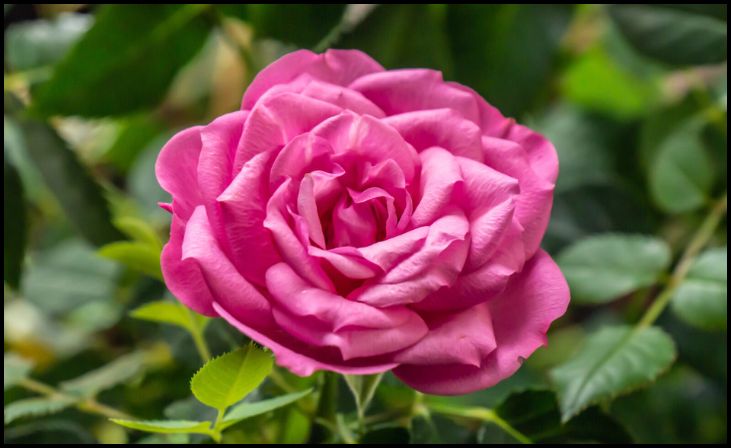
First introduced in the 1950s, grandiflora roses are a cross between floribundas and hybrid teas, combining the best characteristics of both. They feature large clusters of blooms and strong, upright growth, making them suitable for creating dramatic vertical accents in the garden. Grandifloras bloom continuously throughout the season, providing a steady stream of color and fragrance. These roses are robust and can be used as focal points in landscape design or planted en masse for a stunning visual impact. ‘Queen Elizabeth’, with its regal pink flowers that bloom prolifically, and ‘Gold Medal’, celebrated for its vibrant golden-yellow blooms, are favored varieties that exemplify the grandeur and elegance of this rose class. Grandifloras are also known for their resilience and ability to thrive in a range of climates.
Polyantha Roses

Polyantha roses, created in the late 1800s, resemble smaller floribundas in size but are equally prolific bloomers. They have a dense growth habit and produce clusters of small, rarely scented blooms, making them ideal for ground cover, edging, and filling in gaps in the garden. Polyanthas are prized for their hardiness and low maintenance, thriving even in less-than-ideal soil conditions. Their continuous flowering and compact form make them a charming addition to cottage gardens and mixed borders. Varieties such as ‘The Fairy’, with its abundant clusters of soft pink blooms that add a delicate touch, and ‘Margo Koster’, with vibrant coral flowers that provide a pop of color, are well-loved for their beauty and ease of care. Polyanthas are also resistant to many common rose diseases, making them a reliable choice for any garden.
Shrub Roses
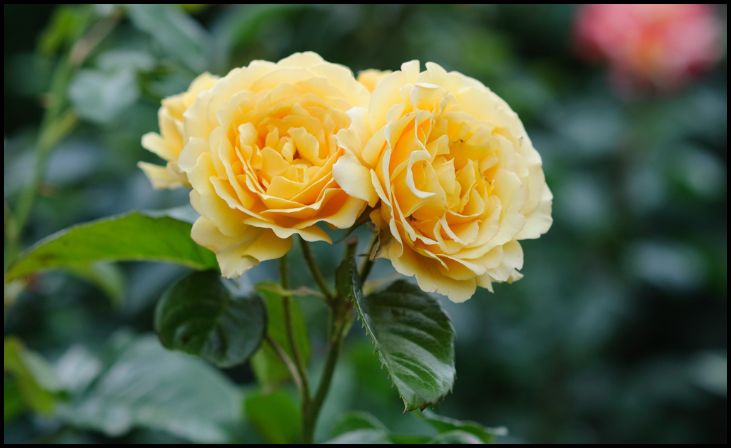
Easy-care shrub roses are a great substitute for more delicate hybrid teas, offering a blend of beauty, hardiness, and disease resistance. This varied group includes English roses, Kordesii, and hybrid musk, each bringing unique attributes to the garden. Shrub roses are known for their vigorous growth and ability to thrive with minimal maintenance. They often bloom continuously from spring to frost, providing a long season of color and fragrance. Popular varieties include ‘Graham Thomas’, with its vibrant yellow flowers and delightful tea scent, and ‘Knock Out’, celebrated for its resilience and continuous red blooms that add a splash of color to any landscape. Shrub roses are ideal for informal gardens, hedges, and mass plantings, offering versatility and reliability in various garden settings.
Climbing Roses
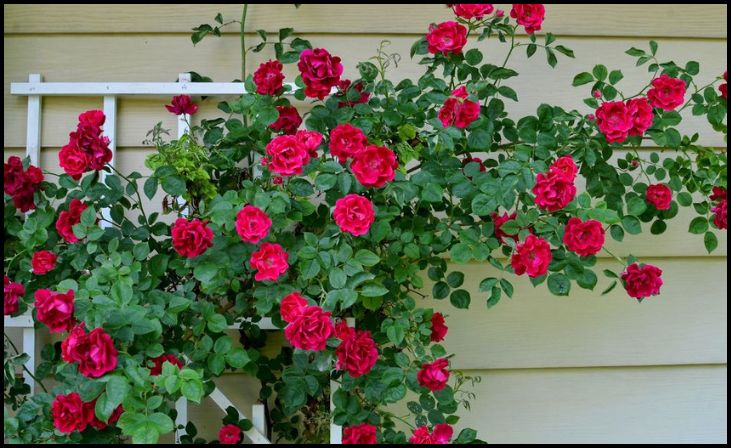
Climbing roses are a favorite for adding vertical interest and romance to gardens, with their long, flexible canes that can be trained to grow over fences, pergolas, and arbors. These lovely vining varieties produce large, showy blooms that can create stunning displays of color and fragrance. Climbing roses often have a longer blooming period than bush roses, with some varieties blooming repeatedly throughout the season. ‘New Dawn’, with its soft, pale pink flowers and light fragrance, is a classic choice for its elegance and vigorous growth. ‘Don Juan’, known for its deep red, velvety blooms and rich scent, adds a dramatic touch to any garden structure. Climbing roses can transform ordinary garden features into spectacular focal points, providing a sense of height and grandeur.
Miniature Roses
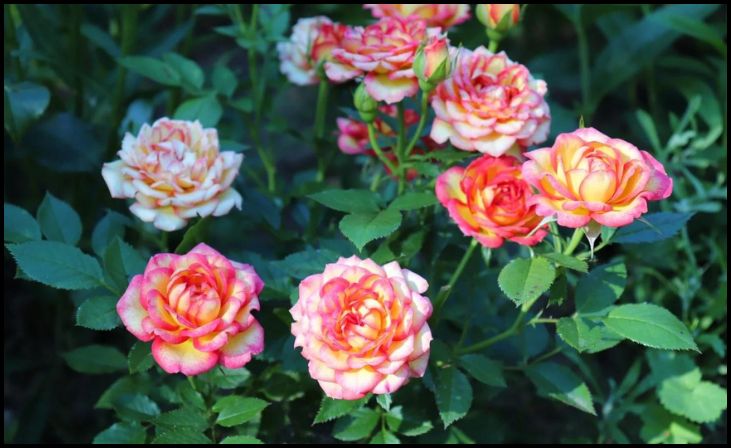
Despite their name, some types of miniature roses can grow as large as floribundas, but they are primarily bred for their compact size and tiny one-inch blooms. Miniature roses are perfect for small gardens, patios, and container planting, offering all the beauty of larger roses in a more manageable form. These roses are ideal for creating detailed floral displays and can be used in rock gardens, window boxes, and hanging baskets. ‘Rainbow’s End’, with its striking yellow and red flowers that change color as they age, and ‘Be My Baby’, with charming pink blooms, are delightful choices for adding a touch of elegance to small spaces. Miniature roses are also excellent for indoor growing, bringing the joy of roses to those without outdoor garden space.
English (David Austin) Roses
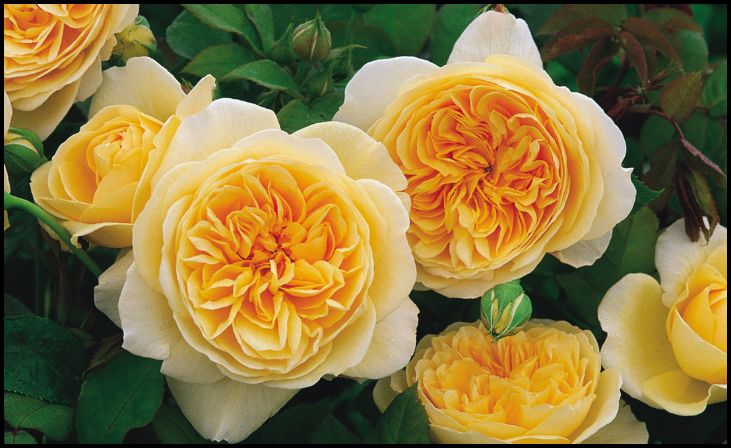
English roses, highly favored by home gardeners, combine the fragrance and form of old garden roses with the repeat blooming of modern hybrids. These roses are known for their full, cupped blooms and strong, often fruity fragrances that evoke the romance of traditional rose gardens. Developed by David Austin, these roses are bred to be hardy and disease-resistant, making them easier to care for than many other rose types. Popular varieties include ‘Gertrude Jekyll’, with its rich, pink flowers and classic old rose scent, and ‘The Poet’s Wife’, with luminous yellow blooms and a sweet, myrrh fragrance. English roses are versatile and can be used in borders, hedges, and containers, offering continuous beauty and fragrance throughout the growing season.

